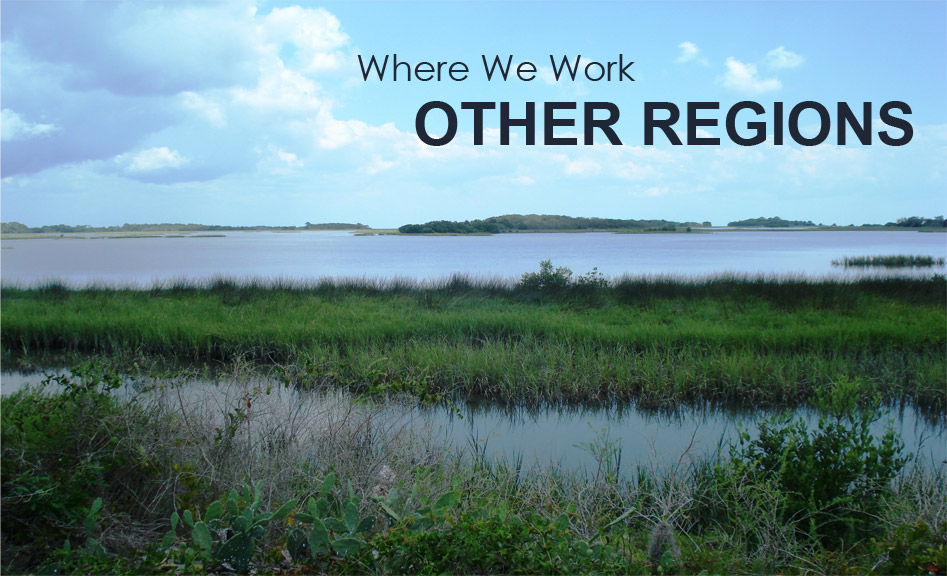Other Regions
The farming and harvest of shellfish represents a large and growing segment of the United States (U.S.) and global seafood industry. Cultured shellfish of all species in the U.S. (bivalve, crawfish, shrimp and others) were valued at $323 million in 2010. Cultured bivalve shellfish include Pacific and eastern oysters, hard and soft clams and mussels On the Pacific coast, farming of the geoduck clam is expanding and native Olympia oyster culture continues as a small industry component. The capture fishery is represented by a huge array of shellfish harvests encompassing many shellfish species, fishing methods, and product forms. These range from wild harvested clams, oysters, mussels and scallops, to abalone, squid, crab, shrimp, sea urchins and sea cucumbers. They include many species which are not typically harvested or consumed in the U.S., such as tunicates or sea squirts, gooseneck barnacles, and jellyfish.
A small fraction of harvested and cultured shellfish also enter the market as live aquarium species, and primarily as warm water animals, such as corals, anemones giant clams, tube worms, and colorful shrimp. Finally, the production of shellfish is often associated with increased production of seaweeds. Seaweeds are a minor crop, at best, in the U.S., but offer promise when grown with shellfish and other cultured species in integrated multitrophic aquaculture (IMTA) systems.
PSI has conducted a variety of research and outreach projects in collaboration with researchers outside the U.S. west coast. These are typically collaborative efforts, geared at comparative research or focusing on problems which are common to the west coast and other locations. We also engage in training and outreach efforts to both learn from specialists and growers working elsewhere in the U.S. and foreign locations, and provide advice to those individuals or organizations.
OTHER REGIONS: Recent PSI Research |
|
|
|
|
|
|
|
|
|













